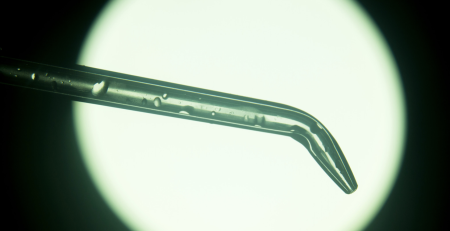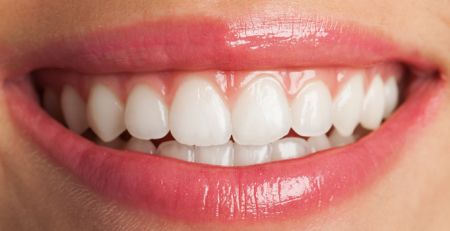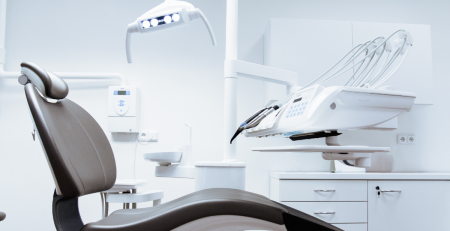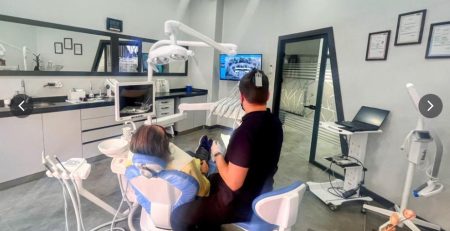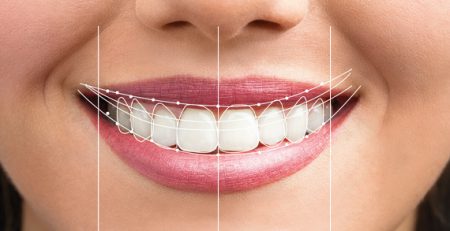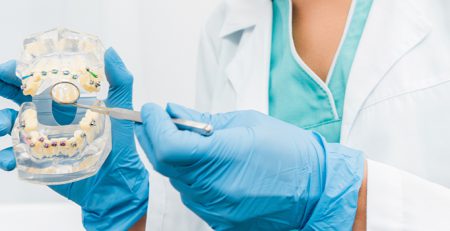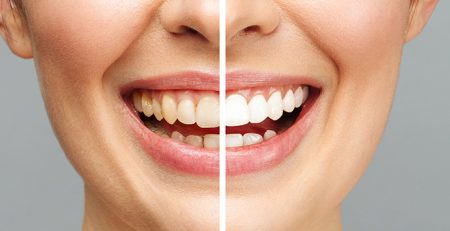Introduction to Aesthetic Dentistry: How Smiles Transform at Melsadent?
melsadent melsadent2024-02-29T18:15:04+03:00Aesthetic dentistry, which aims to beautify patients’ teeth, gums, bite alignment, and thus, in a general sense, their smiles, is known as cosmetic dentistry. Although its scope may necessitate interventions related to functionality such as orthodontic, periodontal, or endodontic, it can also include purely aesthetic procedures like teeth whitening. In recent years, with the influence of social media and rapid advancements in dental technologies, aesthetic dentistry has gained increasing popularity. In this article, we will discuss the most commonly sought-after treatment methods in the field of aesthetic dentistry. Additionally, we will take a closer look at the approach of MelsaDent, the first clinic that comes to mind when thinking of a dentist in Tuzla, Istanbul, towards cosmetic dentistry and what it promises its patients in achieving aesthetic smiles.
What Treatments are Applied in Aesthetic Dentistry?
Cosmetic Dentistry generally targets more aesthetic smiles. Accordingly, as mentioned above, it may include any treatment and application necessary until the patient achieves the most suitable oral and dental appearance for their own face. While teeth whitening may be sufficient for some patients, more advanced methods such as veneers, bonding, implants, and crown coatings might be used for others.
Teeth Whitening
Teeth whitening or teeth whitening is an aesthetic method applied by expert dentists to correct discolorations on the teeth. This application, which has received a lot of interest in recent years, allows many patients to achieve the white smiles of their dreams. In teeth whitening applications, the target can be either external color changes or internal color changes. External color changes are generally superficial problems caused by the use of coffee, cigarettes, tea, etc. Internal color changes, on the other hand, result from damage to the tissues inside the tooth. These kinds of situations are usually related to the use of certain medications, febrile diseases, or aging factors. There are several methods preferred for teeth whitening. These can be listed as:
- Bleaching
- Whitening gel apparatus
- Whitening toothpastes
- Whitening strips
Among these, bleaching and gel apparatuses are applied with the help of a specialist, while applications such as whitening toothpaste and strips can be done by patients at home. It is very important for patients who think they need teeth whitening to consult a dentist to choose the most appropriate method for themselves.
Veneer
Known as leaf tooth coating, veneer coatings are one of the frequently applied treatment methods in cosmetic dental treatments. These very thin (0.3 mm- 0.5 mm) leaves used in smile designs achieve a smooth and natural whiteness for yellowed, stained, broken, or cracked teeth. Before the process, the dentist conducts a general dental examination of the patient. The front teeth are shaped to the most ideal form possible, and the tooth surfaces are made suitable for the placement of veneer coatings. Measurements of the teeth are taken, and the preparation of the veneer coatings begins. Within a few days, the veneer coatings are prepared and glued onto the tooth surfaces. Normally, the entire process is completed in 2 or 3 sessions.
Crown Coating
 Crown coatings are artificial teeth that are worn over natural teeth. Materials such as porcelain, metal, metal-supported porcelain, or the recently popular zirconium are used. Crown coatings are an aesthetic and functional treatment method applied to protect broken, cracked, deformed, or filling-needed teeth and to give them a more appealing appearance. Before the treatment, local anesthesia is applied to the teeth. Then, measurements of the teeth to be covered with crowns are taken, and the teeth are reduced in size. Temporary coatings are applied to the reduced teeth, and the permanent crowns are started to be manufactured in a laboratory environment. When the permanent crowns are ready, a new session is conducted, and the dentist replaces the temporary coatings with the permanent crowns. In some cases, a final adjustment on the crowns may be necessary. If an adjustment is needed, sometimes an additional appointment may be required. Especially, zirconium crowns are a wonderful treatment method in terms of durability, being anti-allergic, and aesthetics.
Crown coatings are artificial teeth that are worn over natural teeth. Materials such as porcelain, metal, metal-supported porcelain, or the recently popular zirconium are used. Crown coatings are an aesthetic and functional treatment method applied to protect broken, cracked, deformed, or filling-needed teeth and to give them a more appealing appearance. Before the treatment, local anesthesia is applied to the teeth. Then, measurements of the teeth to be covered with crowns are taken, and the teeth are reduced in size. Temporary coatings are applied to the reduced teeth, and the permanent crowns are started to be manufactured in a laboratory environment. When the permanent crowns are ready, a new session is conducted, and the dentist replaces the temporary coatings with the permanent crowns. In some cases, a final adjustment on the crowns may be necessary. If an adjustment is needed, sometimes an additional appointment may be required. Especially, zirconium crowns are a wonderful treatment method in terms of durability, being anti-allergic, and aesthetics.
Bonding
Cosmetic bonding is a frequently chosen method for practically repairing broken teeth. Generally, for teeth that are healthy, without any decay or color change but broken, the bonding treatment allows patients to quickly regain their lost aesthetic smile. Additionally, for aesthetic purposes, some patients with too much space between their teeth can achieve a more aesthetic dental spacing with this method. In cosmetic bonding applications, the resin choice that best matches the existing teeth’s color tone is made first. Since there is no need for drilling, cutting, etc., during the application, anesthesia is often not required. Then, the tooth surface is roughened, and a softening liquid is applied. This ensures better adhesion of the resin used for bonding to the natural tooth. The resin application is made and shaped. Once the bonding process is completed, a laser or bright light application is done on the tooth to harden the area. In the final stage, the hardened tooth surface is polished, and the process is completed
Dental Implant
Implant treatment is an advanced treatment method that can be applied for both functional and aesthetic purposes to complete missing teeth. Simply put, in implant treatment, artificial tooth roots are placed into the jawbone, and artificial teeth are integrated on top of them. Before traditional implant treatment, any decayed, broken, ineffective teeth remaining in the implant slots are extracted. If there is no swelling or other complication, local anesthesia is performed. Then, the gum is pierced or cut to place titanium implant screws into the jawbone. After the implants are placed, it is waited for them to bond with the bone (osseointegration). This period is approximately 3 months. Once this process is completed, prosthetic teeth are attached to the previously placed implants. However, especially in dental tourism, since the patients’ stay in our country is limited, more practical methods have been developed instead of waiting 3-4 months. For example, with the One Day Implant technique, everything from tooth extraction to the fitting of prosthetic teeth can be done in a single session. This method, which does not involve stitches and cuts, is quite practical for both patients and doctors. In addition, practical methods such as short implant applications for patients with less bone depth and the All-on-Four technique for completely toothless patients are also frequently sought-after methods by patients and doctors.


